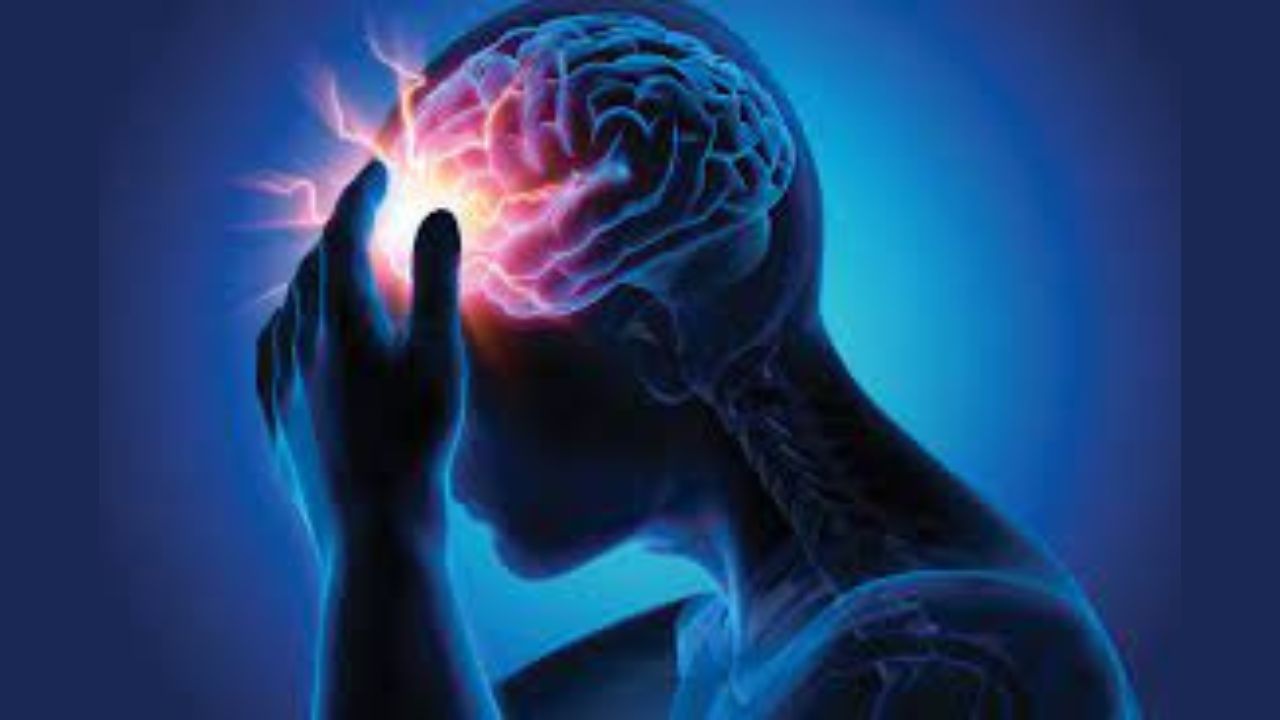Unfortunately, not many patients reach a hospital in time to begin immediate treatment due to a variety of factors. However, it is important to note that emergency treatment within the golden hour, which is the first 60 minutes after an attack, is important to prevent long-term brain damage. Patients with brain damage or stroke tend to have longer recovery periods, frequently with residual function impairment.
The symptoms of a stroke, sometimes referred to as paralysis, depend on the area of the brain that is damaged and are brought on by a restricted oxygen supply (due to a blockage) or hemorrhage.
With rehabilitation, a lot of lost function can be taken over by other brain cells, a phenomenon known as neuroplasticity. Rehabilitation does not repair or reverse the damage caused by a brain disease or trauma, but rather aids in restoring the person to optimal health, functioning, and well-being. Both children and adults can experience positive outcomes with these.
The following conditions require extensive rehabilitation:
• Trauma: After assaults, falls from great heights, and auto accidents, the brain and spinal cord are injured. Young people in the prime of their lives are frequently affected. This might result in a serious impairment, which would cost the nation and the person countless hours of productive labor. Patients who suffer from spinal cord injuries frequently become severely disabled and require ongoing care. The patient frequently loses control of their bowels and bladder. Traumatic incidents can happen to anyone at any age and have lasting impacts.
• Stroke: A stroke happens when a portion of the brain loses blood flow. This might be the result of a blood clot forming inside the blood vessel or a blood vessel rupture causing brain bleeding. Numbness, weakness, or paralysis in the face, arm, or leg, as well as blurred vision in one or both eyes, are typical stroke symptoms. This may cause brain damage and call for prolonged therapy.
• A brain tumor is a development of abnormal cells that harms the brain in a particular region. Typically, these patients want surgery. However, depending on where the tumor is located, there may be an impairment as a result, and intense rehabilitation is required for a positive functional outcome.
• Hypoxic-ischemic encephalopathy, which affects newborn infants, is the most prevalent kind of brain damage (HIE). That happens when the baby’s brain spends a long time without enough oxygen or blood flow. HIE can happen before, during, or after childbirth. Preeclampsia, a condition that affects pregnant women, or birth complications, such as prolonged labor, problems with the umbilical cord, and breathing failure, can be the cause.
• Brain infections like meningitis and encephalitis can result in strokes and brain damage, rendering a patient once more disabled.
According to him, a quick formula to determine whether it’s a stroke is QUICK –
• F- Face: Ask the patient to smile and watch for any asymmetry of the face.
• A- Arm: Ask the patient to stretch both arms out. One arm may progressively slide down. The patient can say something offensive or just make noises.
• S- Speech: While speaking, the speech may not be clear, it may not make sense, or it may not be able to name objects and people.
• T- Time: The patient must be referred right away to a reputable facility with cutting-edge stroke management equipment if any of the aforementioned symptoms are present, in order to provide appropriate therapy. The more time passed, the more harm could be done to the brain. Time lost is therefore brain lost.

 हिंदी
हिंदी






